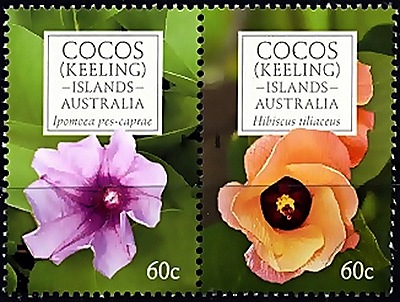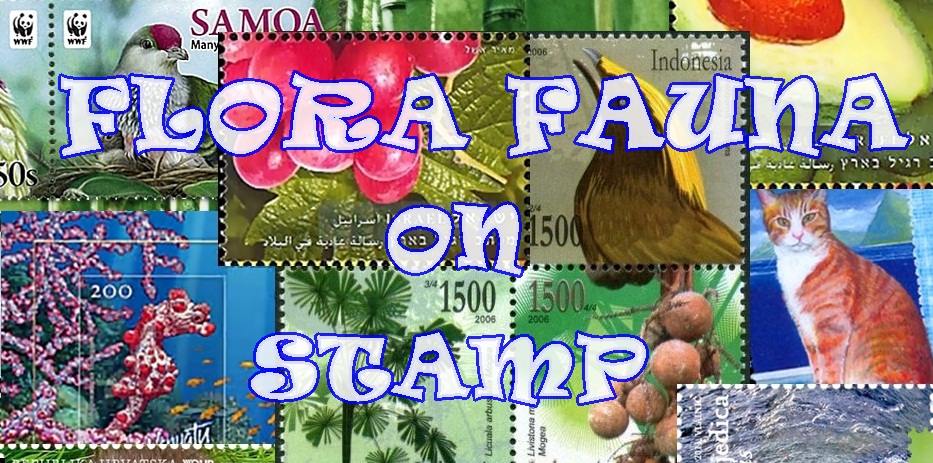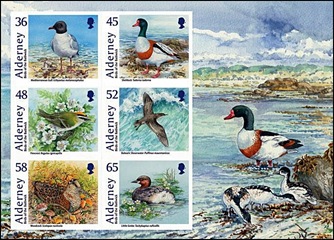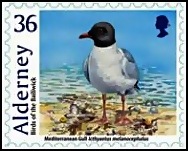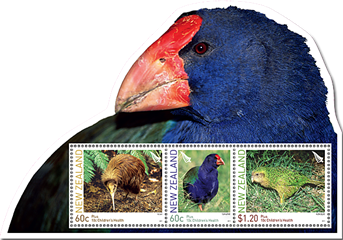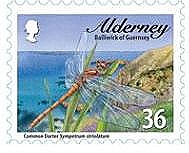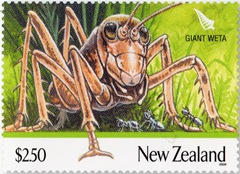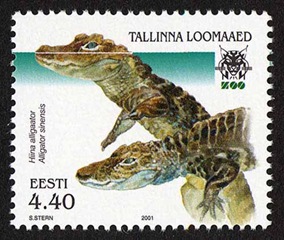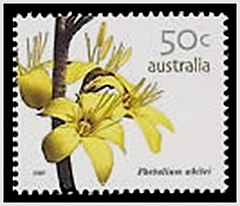In year 2011, Azerbayjan Post issued the definitive stamp features rare and endemic flower in Azerbayjan, such as Gagea Alekxeenkoana, Centaurea ficher, Ophrys causcasica, and Galanthus causcasius.
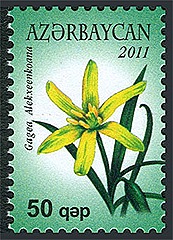
Gagea Alekxeenkoana is a flowering plant in the genus Gagea of the family Liliaceae.The plant is found mainly in the Mediterranean region and central Europe.It is a less vigorous plant, growing to a height of 2–6 cm and normally having just a single pair of twisting, thread-like basal leaves, with one or two pairs of laneolate leaves, perhaps 1 cm wide, just below the flowers.
The flowers, of which there are usually no more than four on each plant, are yellow and have six petals; they are about 1½ cm in diameter. It grows mainly on dry grassland.
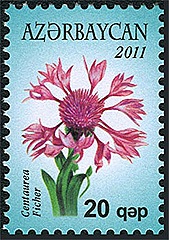
Centaourea Ficher is a critically endangered endemic species, which grows on limited area around Golbasi district of Ankara province. It has attractive pink, red, purple flowers, the colours of which change with maturation. It has a high potential as out door ornamental plant and as cut flower. Its natural habitat is continuously on decrease because of uncontrolled plucking, intense construction activities and urbanization.
The most important reason why the generation of the species is endangered is strong anthropogenic pressure. Therefore, the protection of this plant is of great importance.
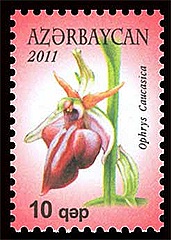
Ophrys caucasica is endemic species of the Caucasus and rare species. Its habitat in between rocks on the middle mountainous zone, on grass growing slopes and bushes.propagated by seeds and in a vegetative way.This species should be reserve because collection of flowers, change of the habitat due to the use of the area for economic purposes.Now it has been cultivating in the Botanic Garden of the Institute of Botany of Azerbaijan .
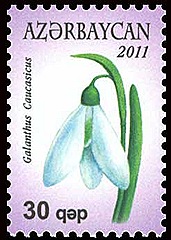
Galanthus Caucasicus grows to a height of 0.15m and 0.08m in width. It has tapering foliage that is blue/green. It produces flowers during autumn/winter that are bell-shaped and white and green in colour. This plant is a deciduous bulb originating. from Turkey. Nodding white flowers with a green mark at the tip of each inner petal.
